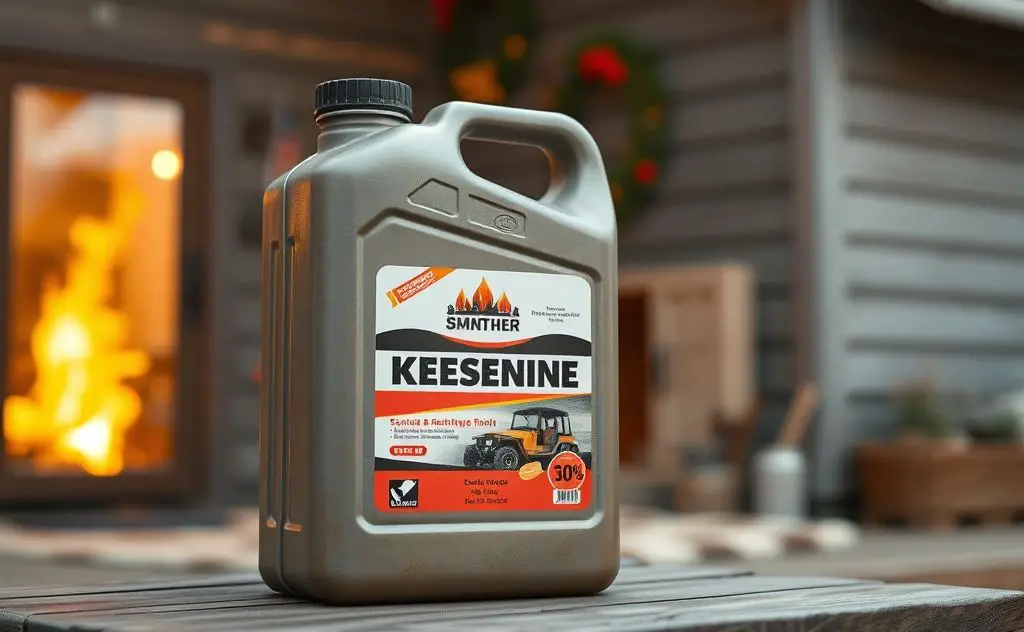Yes, you can mix kerosene and home heating oil, as they are both distillate fuels, but it is essential to check local regulations and manufacturer guidelines to ensure compatibility and proper performance in your heating system.
Homeowners with oil heating systems often wonder if they can mix kerosene with heating oil. While possible in small amounts, it’s not generally recommended due to differences in flashpoints and additives. Here’s what you need to know before combining these fuels.

Key Differences Between Kerosene and Heating Oil
Though similar, kerosene and home heating oil have important distinctions:
| Property | Kerosene | Heating Oil (#2 Fuel Oil) |
|---|---|---|
| Flashpoint | ~100°F | ~140°F |
| Refinement | More refined | Less refined |
| Cold Weather Performance | Resists gelling | Can gel in extreme cold |
| Cost | More expensive | More affordable |
Why Flashpoint Matters
The lower flashpoint of kerosene means it vaporizes and ignites at lower temperatures than heating oil. This affects both safety and burner performance. According to Smart Touch Energy, this difference can lead to unpredictable combustion when mixed.

When Mixing Might Be Acceptable
In very small proportions (under 3% of total volume), mixing is unlikely to cause issues:
- 7.5 gallons kerosene in 275 gallon tank (2.7% mix) is generally safe
- Some technicians recommend winter blends with up to 30% kerosene for outdoor tanks
- Many furnaces can burn either fuel separately without modification
As noted in our guide on what to do if heating oil freezes, kerosene’s anti-gel properties make it useful in cold climates.
Potential Risks of Mixing
Safety Concerns
Combining these fuels can:
- Increase fire risk due to lower combined flashpoint
- Produce more toxic fumes
- Trigger carbon monoxide alarms
Equipment Issues
Long-term mixing may cause:
- Uneven heat output
- Increased burner wear
- Nozzle clogging from additive interactions
Professional Recommendations
HVAC technicians advise:
- Check your furnace manual for approved fuels
- Never mix more than 10% kerosene unless specified
- Consider separate use rather than mixing – burn one then switch
- For outdoor tanks, use pre-blended winter fuel instead of DIY mixes
Our article on common oil boiler issues explains how fuel quality affects system performance.
Alternative Uses for Leftover Kerosene
Instead of mixing, consider:
- Using in kerosene heaters (with proper ventilation)
- Cleaning parts (though wear gloves as noted by users)
- Emergency lighting (in approved lamps)
- Donating to someone with kerosene appliances
According to U.S. Department of Energy, kerosene works best in appliances specifically designed for it.
Final Considerations
While small, occasional mixes are unlikely to cause immediate problems, consistent mixing isn’t recommended. The safest approach is to use each fuel as intended in properly configured systems. For those considering fuel alternatives, our comparison of propane vs kerosene heaters provides additional options.
